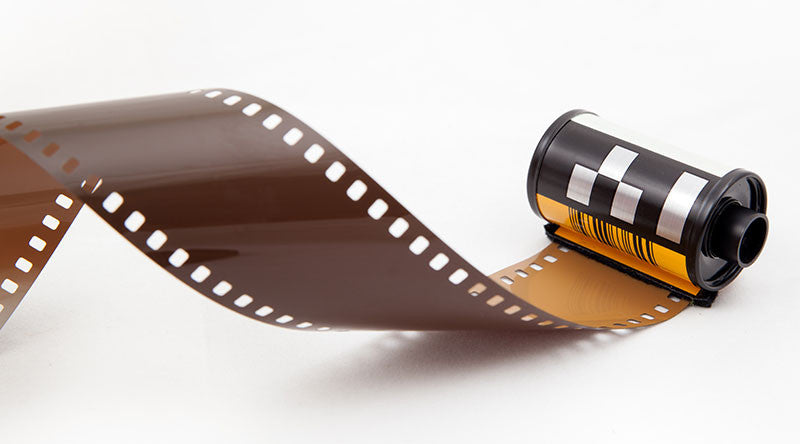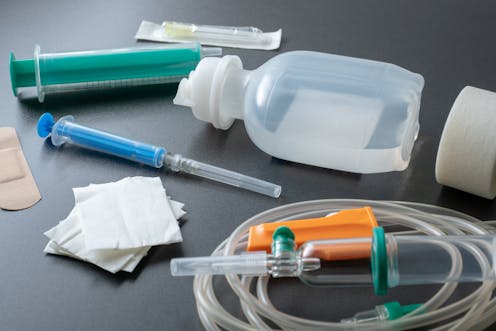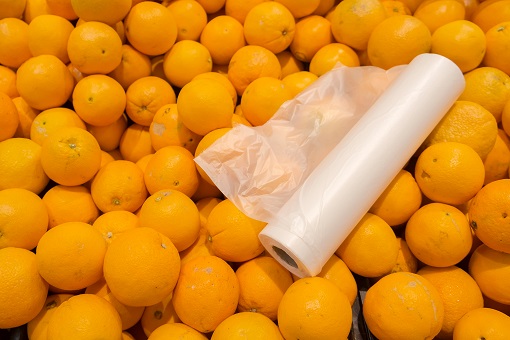NEWS
Plastics: A cheap alternative to traditional materials
One of the most evolutionary changes of humankind has been the wide adoption of plastics for daily applications that relied mostly on metal, glass, and cotton in the past. Plastics have benefited and enhanced the way many industries work. Plastics are generally safe and economical for daily use, they are widely available and are suitable for many different applications.
The history of plastics
After World War II, the rise in plastics consumption rate has gone through several phases. In the past, polymer materials were used as a cheap alternative to traditional materials, and the result was very positive and promising to the industry. The technical service departments of major plastics manufacturers have put a lot of time and effort into developing and testing that the use of plastics guarantees product quality and minimize cost-effectively. Even at present, many people do not fully appreciate the essential role of plastics in raising the living standard and quality of life and have a misunderstanding about plastics.

How polymer applications make the world greater?
Photographic industry
One of the earliest adopters of plastics was the photographic industry that applied plastics technology for photographic film. It was also popular for using plastics in darkroom equipment. There has also been widespread use of plastics in expensive and inexpensive cameras because well-designed bodies made from plastics materials showed the advantage of roughness and resistance over metal camera bodies. Besides, in the audio field, the increasing use of plastics as a standard material for the housings of reproduction equipment has changed people’s view about plastics remarkably.

Electrical industry
Plastics materials have played an important role in some areas of applications for a long time before confidence was regained in the use of plastics. For example, the electrical industry has early taken advantage of plastics properties such as toughness, flame-retardation, durability and insulation characteristics to manufacture plugs, wire, cable insulation, and sockets…
This trend has led to the booming use of general-purpose polymers. However, they are found useful in complex techniques. A well-known example is a poly(vinyl carbazole) photoconductive behavior is used in photocopying equipment and in holograph preparation, while the notable piezoelectric and pyroelectric properties of poly(vinyl fluoride) are used in transducers, loudspeakers, and detectors.

Building and construction industry
Since plastics have gained more trust from the public, and the plastics industry has become matured, manufacturers found that plastics create a favorable condition for some applications against traditional materials and investing in plastics technology should be the right choice. In the building industry, this idea has resulted in numerous uses of plastics including flooring, damp course layers, piping… Otherwise, armchair body shells, cupboard drawers, stacking chairs, and other products in the commercial furniture industry are formed from plastics.
To achieve ambitious goals on reducing the energy consumption of buildings would be nearly impossible without the contribution of plastics. Plastics have shown the advantages of energy efficiency, cost efficiency, and quality improvement over traditional materials. The two most important things is that the use of plastics in building and construction helps to protect the environment, and plastics applications are likely to be easy to install and require less time for maintenance. Materials like plastics use such limited additional energy and resources consumption should be ensured their development.

Automotive industry
The key uses of plastics in the automotive industry have been associated for many years with automotive electrical equipment such as batteries, connectors, switches, flex, and distributor caps, as well as interior body trim including light fittings and seating upholstery. Subsequently, the use of under-the-bonnet (under-the-hood) applications was increased. The need for lightweight vehicles for better fuel economy and the focus on improved passenger protection have resulted in a significantly increased use of plastics materials for bumpers, radiator grills, and fascia assemblies in recent years. As a result, the automotive industry is now a big consumer of plastics, increasing the weight of plastics used per vehicle each year.

Medical industry
In a variety of medical applications, plastics play a number of critical functions. While some of these are throw-away, low-tech products, many of the applications place essential requirements regarding mechanical efficiency, chemical resistance, biocompatibility, ability to sterilize and stay sterile. Simple products like bandages to complex nontoxic sterilizable items such as catheters and tubing to spare-part surgery are benefited from plastics. Medical grades of polystyrene and PVC are the most commonly used in these applications.



 Tiếng Việt
Tiếng Việt

